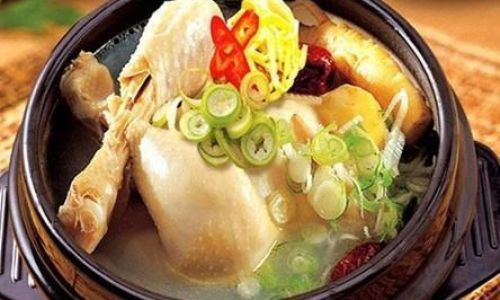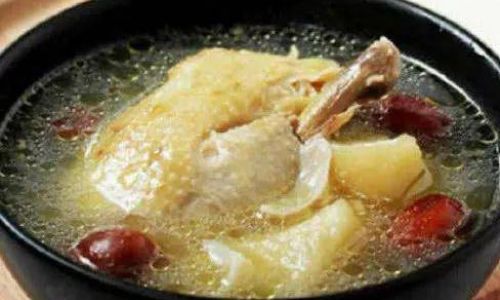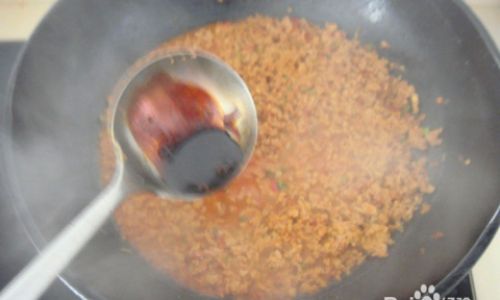Table of content
Chicken soup, often dubbed “Jewish penicillin” or a universal remedy for the soul, has transcended cultural and geographical boundaries to become a symbol of comfort, healing, and home-cooked love. Its simplicity belies its depth of flavor and nutritional richness, making it a staple in kitchens worldwide. Whether you’re nursing a cold, seeking solace on a chilly evening, or craving a nostalgic taste of childhood, a well-made chicken soup delivers unparalleled satisfaction. This article delves into the intricacies of crafting the perfect pot of chicken soup, exploring techniques, ingredients, and the science behind its enduring appeal.
The Foundations: Selecting the Right Ingredients
At the heart of every great chicken soup lies a carefully curated list of ingredients. While the recipe may seem straightforward, each component plays a pivotal role in achieving balance and depth.
The Chicken: Backbone of Flavor
The choice of chicken is paramount. Opt for a whole chicken, preferably organic or free-range, as it offers superior flavor and texture compared to pre-cut parts. The bones, skin, and connective tissues are gold mines of collagen and gelatin, which dissolve during simmering to create a rich, velvety broth. If time is a constraint, bone-in, skin-on thighs and wings can substitute, but they may yield a less complex flavor profile.
Aromatics: The Fragrant Trinity
Onions, carrots, and celery—known as the “holy trinity” in soups—form the aromatic base. Onions provide sweetness and depth, carrots add earthy sweetness, and celery contributes a subtle, grassy note. For an extra layer of complexity, add leeks, fennel, or parsnips. Garlic, though optional, imparts a pungent kick when sautéed gently.

Herbs and Spices: Elevating the Broth
Fresh herbs like parsley, thyme, and bay leaves infuse the broth with floral and resinous notes. Avoid dried herbs, as they can dominate the flavor. Whole peppercorns, added in a cheesecloth sachet, offer a mild heat without overpowering the soup. For a Mediterranean twist, include a pinch of saffron or a sprig of rosemary.
Water vs. Stock: The Liquid Medium
While water is traditional, using homemade chicken stock as a base elevates the soup’s richness. If store-bought stock is your only option, opt for low-sodium varieties to control seasoning. Avoid overly salty broths, as they restrict flexibility during cooking.
The Cooking Process: Patience and Precision
Crafting chicken soup is an exercise in patience. Rushing the process results in a thin, lackluster broth, while slow simmering coaxes out hidden flavors.
Preparing the Chicken
Begin by rinsing the chicken under cold water to remove any impurities. Pat it dry and trim excess fat. Some cooks prefer roasting the chicken before simmering to deepen the flavor, but this step is optional. For a clearer broth, skip roasting and proceed directly to simmering.
Sautéing the Aromatics
In a large stockpot, melt a tablespoon of butter or olive oil over medium heat. Add the chopped onions, carrots, and celery, along with a crushed garlic clove. Sauté until the vegetables soften and turn translucent, releasing their natural sugars. This step, known as “sweating,” builds a flavor foundation that permeates the entire soup.

Simmering the Chicken
Place the whole chicken or chicken pieces into the pot, breast-side down. Cover with cold water (or stock) by about two inches. Bring the liquid to a gentle simmer—never a boil—as vigorous bubbling can toughen the meat and cloud the broth. Skim off any foam that rises to the surface; this impurity removal ensures a crystal-clear final product.
Low and Slow: The Key to Richness
Reduce the heat to low, partially cover the pot, and let the soup simmer for 1.5 to 2 hours. The slow cooking process breaks down collagen into gelatin, thickening the broth and imparting a luxurious mouthfeel. Resist the temptation to stir frequently, as this can emulsify fat into the broth, making it greasy.
Straining and Shredding
Once the chicken is tender (the meat should fall off the bone), carefully remove it from the pot. Strain the broth through a fine-mesh sieve to remove vegetables and herbs. Discard the solids or repurpose them (see “Zero-Waste Tips” below). When the chicken is cool enough to handle, shred the meat into bite-sized pieces, discarding the skin and bones.
Rebuilding the Soup
Return the strained broth to the pot and add fresh vegetables—diced carrots, celery, and perhaps some pearl onions. Simmer until tender, then stir in the shredded chicken. Adjust seasoning with salt and pepper, and finish with a squeeze of lemon juice for brightness.
Customization: Making It Your Own
Chicken soup’s beauty lies in its adaptability. Here’s how to tailor it to your taste:

- Heartier Versions: Add potatoes, sweet potatoes, or wild rice for substance.
- Spicy Kick: Incorporate chopped jalapeños, red pepper flakes, or a dash of hot sauce.
- Asian-Inspired Twist: Swap herbs for ginger, lemongrass, and star anise. Serve with noodles and soy sauce.
- Creamy Texture: Blend a portion of the soup with cream or coconut milk for a velvety finish.
The Science Behind the Comfort
Beyond its culinary appeal, chicken soup boasts scientific benefits. The steam from hot broth clears nasal passages, while the warm liquid soothes a sore throat. The gelatin released during simmering aids digestion, and the amino acid cysteine may reduce inflammation. Studies even suggest that chicken soup has mild anti-inflammatory properties, making it a genuine remedy for colds.
Cultural Significance: A Bowl Full of History
Chicken soup’s roots stretch back millennia. In Chinese cuisine, ginseng chicken soup is prized for its medicinal properties. Jewish golden chicken soup is a Sabbath staple, while Mexican caldo de pollo features avocado and lime. Regardless of culture, the act of sharing chicken soup symbolizes nurturing and togetherness.
Troubleshooting Common Pitfalls
- Cloudy Broth: Avoid boiling; maintain a gentle simmer.
- Bland Flavor: Roast the chicken first or add a Parmesan rind during simmering.
- Greasy Finish: Chill the broth overnight and skim off congealed fat.
Storage and Leftovers
Chicken soup freezes beautifully. Portion it into airtight containers and thaw overnight in the refrigerator. Use leftovers within three months for optimal flavor.
Conclusion: The Soul of Home Cooking
Chicken soup is more than a meal—it’s a legacy. Each spoonful carries the wisdom of generations, the warmth of a hearth, and the promise of renewal. Whether you follow a cherished family recipe or experiment with global flavors, the process of simmering, straining, and savoring connects you to a timeless tradition. So next time you crave comfort, let the pot sing with the humble magic of chicken soup. Your body—and soul—will thank you.




0 comments